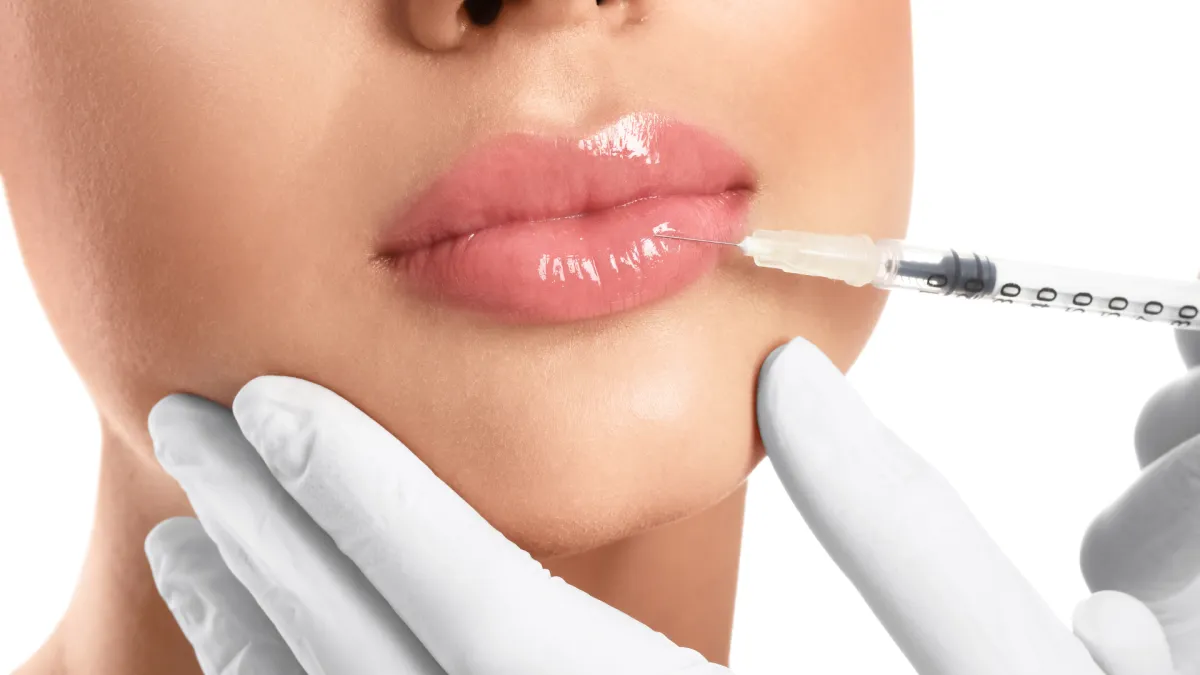Can Fillers Look Natural? A Doctor’s Perspective
A detailed look into whether facial fillers can achieve natural-looking results, with insights into techniques, materials, and patient considerations.
Click here for Top 5 Filler Brands https://juvelooklenisna.com/top5fillerbrands
The Rise of Subtle Cosmetic Enhancements
In recent years, there’s been a noticeable shift in aesthetic preferences. Instead of dramatic transformations, more people are seeking subtle enhancements that maintain their natural features. Facial fillers play a role in this trend, but many still ask: can fillers look natural?
The short answer is yes—when applied with precision, appropriate product choice, and a tailored approach. This article explores how medical professionals evaluate and perform filler treatments for subtle, balanced outcomes.

What Makes Fillers Look Natural?
Natural results begin with balance. A filler treatment should complement existing facial structure, rather than overshadow it. Key factors include:
Proportion:
Matching volume to facial symmetry
Placement:
Injecting in correct anatomical layers
Texture:
Choosing fillers that mimic tissue density in target areas
Expression:
Ensuring facial movement remains uninhibited
Techniques have evolved to support these goals, allowing aesthetic procedures to enhance rather than replace.
Facial Anatomy and Its Role in Treatment
Understanding facial anatomy is critical. Each individual’s face has unique contours, fat distribution, bone structure, and muscle movement. When these are respected during treatment planning, results blend naturally into the overall facial appearance.
Key zones where subtlety matters:
Under-eyes:
Very thin skin, where filler should be used sparingly
Lips:
Natural lip shape should be preserved
Mid-face:
Volume should follow cheekbone structure
Jawline:
Must align with chin and neck profile
Misplaced or excessive filler, especially in mobile areas, tends to look artificial.
Choosing the Right Filler for Each Area
Different fillers have different consistencies, elasticity, and water absorption. Matching the filler type to the area is essential.
Soft fillers:
Suitable for tear troughs and lips
Blend into delicate tissue without causing puffiness
Medium-consistency fillers:
Used for smile lines and cheek contour
Provide volume with moderate structure
High-density fillers:
Applied to the jawline or chin
Offer lift and definition
In all cases, overfilling compromises natural results.
The Importance of Conservative Dosing
More product doesn’t always mean better results. A common technique among experienced practitioners is the “less is more” approach.
Layering over time:
Small amounts spaced across multiple sessions
Gradual refinement:
Allows for better integration and long-term maintenance
Observation period:
Letting fillers settle before evaluating additional volume
This strategy also gives patients time to adjust and reduces the risk of noticeable changes.
How Facial Expressions Affect Filler Appearance
Fillers that move naturally with facial expressions tend to look more organic. Rigid or incorrectly placed material may appear static during smiling or speaking.
Techniques now prioritize:
Dynamic injection zones:
Products selected to match natural facial movement
Avoiding overfilling around the mouth and eyes:
These are high-motion areas where stiffness is most obvious
Respecting facial asymmetries:
Enhancing, not correcting, natural imbalances
A filler should not stop a face from moving—it should enhance the movement already there.
Fillers and Age-Related Changes
Facial aging isn’t just about lines—it includes bone resorption, volume loss, and tissue descent. Fillers can address these changes when used in a way that supports structure rather than adding bulk.
Considerations by decade:
30s:
Subtle volume replacement in mid-face
40s–50s:
Cheek structure, smile lines, temples
60s and up:
Support around jawline, under-eyes, and lips with soft correction
A natural result depends on understanding how the face changes and not overcorrecting features that have aged.
Before and After – Subtle vs Dramatic
Before-and-after images are often used to demonstrate transformations. However, subtle filler outcomes may be harder to spot because the results aim not to stand out.
Natural-looking outcomes typically show:
Less tired or sunken appearance
Smoother transitions between facial planes
No abrupt volume or shine under the skin
Improved light reflection on high points of the face
Patients should not look noticeably altered, just refreshed.
Temporary Fillers vs Long-Term Results
Natural-looking results are often tied to the behavior of fillers over time.
Temporary fillers: Break down gradually and can be adjusted
Long-lasting fillers: Require precise placement to avoid irregularities
Some products are designed to stimulate collagen, which can result in gradual volume that appears more integrated into the skin. These are sometimes used for deeper areas like temples or cheeks.
Choosing between temporary and longer-acting formulas depends on the desired pace and permanence of change.
Signs a Filler Does Not Look Natural
Recognizing unnatural results is just as important. Common signs include:
Overly full cheeks that sit too high
Sharp transitions in under-eye area
Lips that appear too stiff or bulky
Asymmetry caused by uneven injection
Over-correction of natural folds
These outcomes are usually avoidable with proper planning and technique.
Cultural Differences in Filler Aesthetics
What looks natural can vary by cultural context. Facial aesthetics are deeply rooted in local beauty norms.
Western trends may favor stronger contouring and angular enhancement
Asian trends tend to emphasize soft features and subtle lift
Middle Eastern trends may focus on pronounced cheek and lip volume
Understanding the patient’s preferences, cultural identity, and goals is part of tailoring a natural result.
What to Expect from the Consultation
During a consultation, a thorough evaluation helps determine what “natural” means for each person. This may include:
Full-face analysis
Discussion of previous treatments
Reviewing movement at rest and with expressions
Understanding long-term goals
Patients often bring reference images of themselves at younger ages rather than celebrity photos, which helps guide subtle enhancements.
The Role of Aftercare in Natural Outcomes
Proper aftercare helps ensure smooth integration of fillers:
Avoiding excessive facial movement for 24 hours
No heat or heavy activity post-treatment
Gentle skincare
Hydration
Any bruising or swelling should resolve in a few days. Full settling can take up to two weeks. If anything feels uneven, follow-up adjustments may be suggested.
How Long Do Natural Results Last?
Duration depends on:
Product type
Injection depth
Area treated
Individual metabolism
On average:
Lips: 6–9 months
Cheeks and mid-face: 12–18 months
Jawline and chin: Up to 2 years
Under-eyes: 9–12 months
Natural-looking fillers do not need to last forever—they can be refreshed before full dissipation.
Typical Session Estimates by Body Area
Factor
Impact on Natural Appearance
Filler consistency
Must match tissue density
Injection technique
Controls depth and spread
Volume used
Less is often better
Anatomical understanding
Ensures proportional enhancement
Aftercare
Supports integration and symmetry
Final Takeaway
When carefully applied with the right techniques and products, facial fillers can look completely natural. The goal is always to enhance without altering—to bring balance, not to create a new face.
A natural result doesn’t draw attention to itself. It simply reflects a face that looks well-rested, healthy, and aligned with the person’s identity.
Location: Blk 2 Bukit Batok Street 24 #08-03 Skytech Building , Singapore Singapore 659480
Call 9788 6162
Email: [email protected]
Site: www.chrysalis.com.sg

Disclaimer:
Content and articles and this website do not represent the brands "Juvelook" or "Lenisna" and
is for informational purposes only and should not be considered medical advice. While we strive to provide accurate
and up-to-date information, all opinions expressed in our articles reflect the views of the authors and should not be taken
as professional medical guidance. Any factual claims are properly cited from reputable sources.
Readers are encouraged to consult qualified medical professionals before undergoing any aesthetic treatment.
